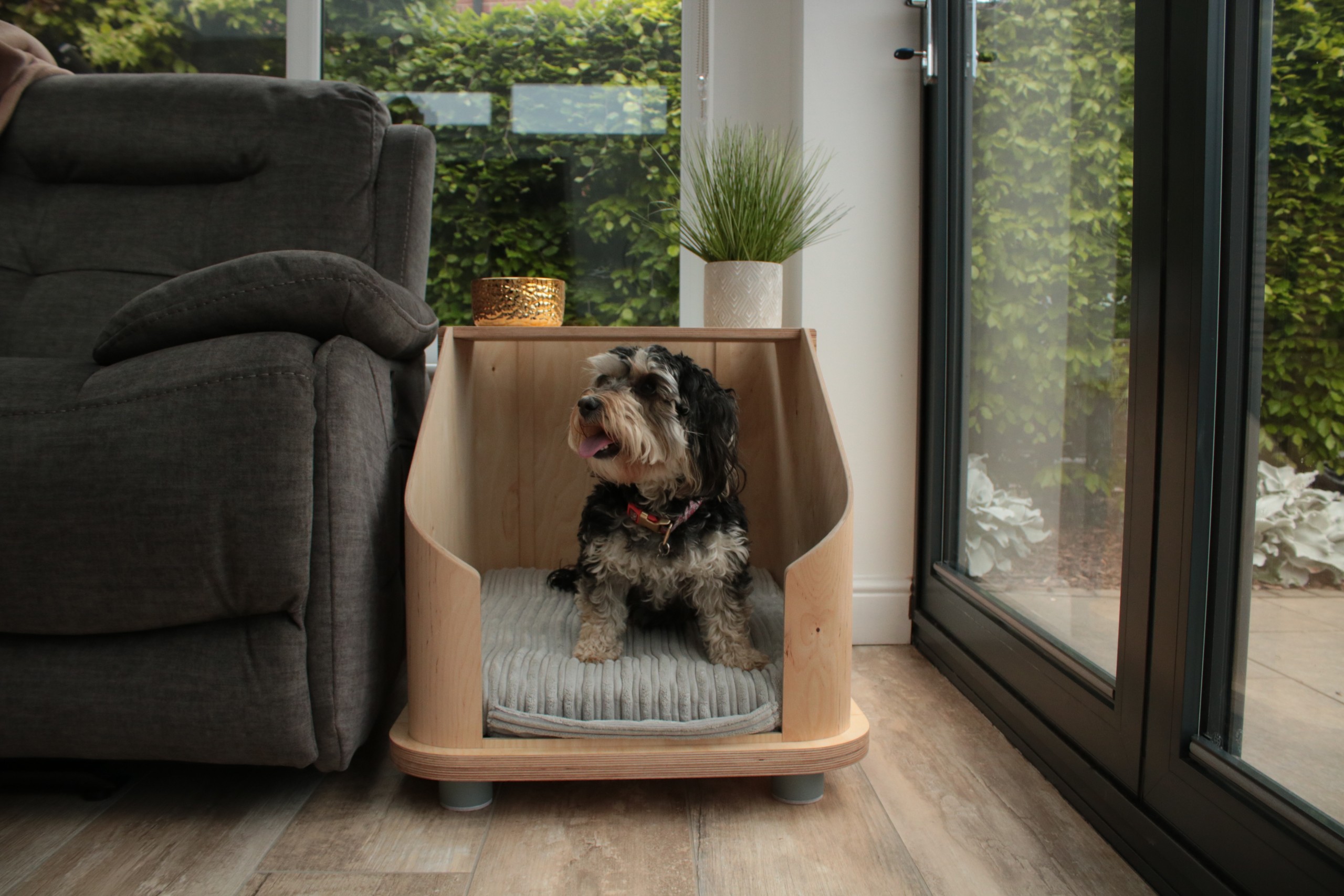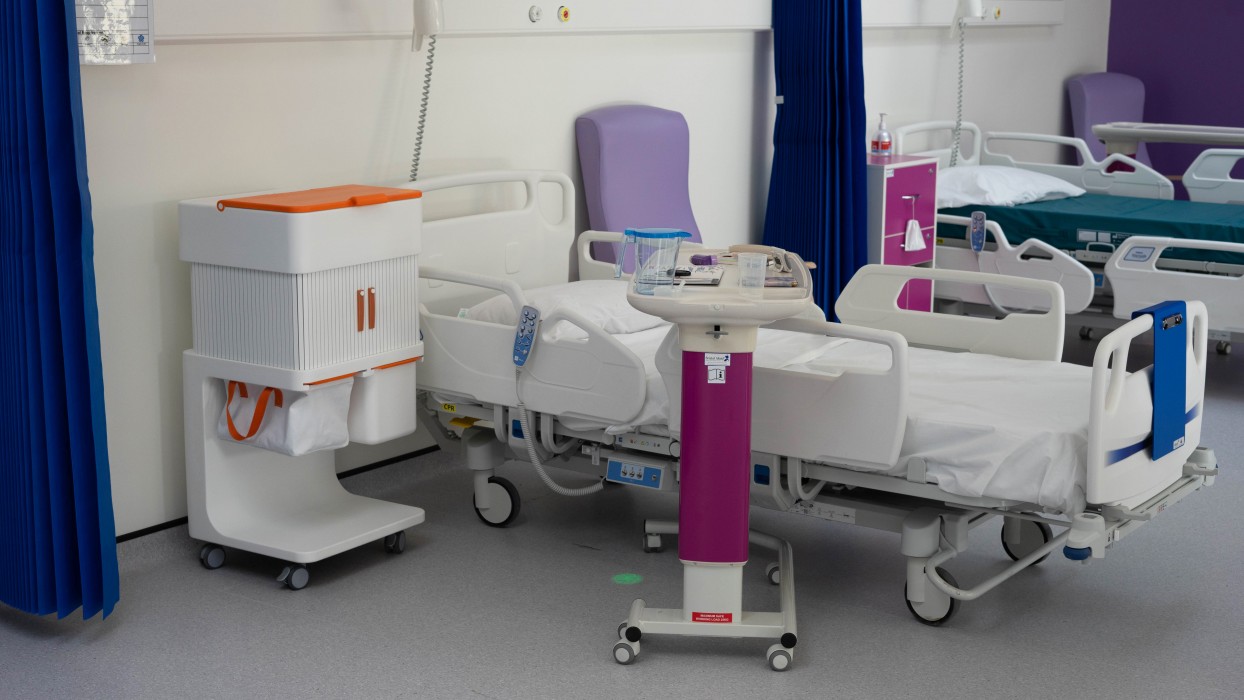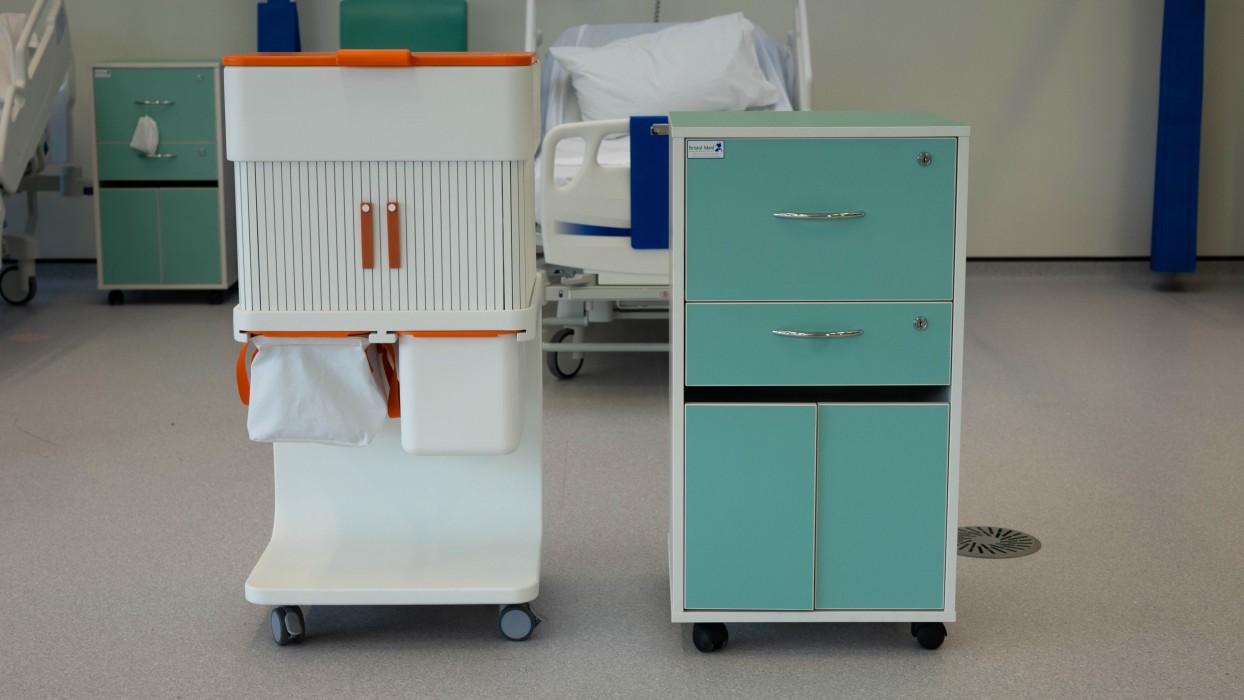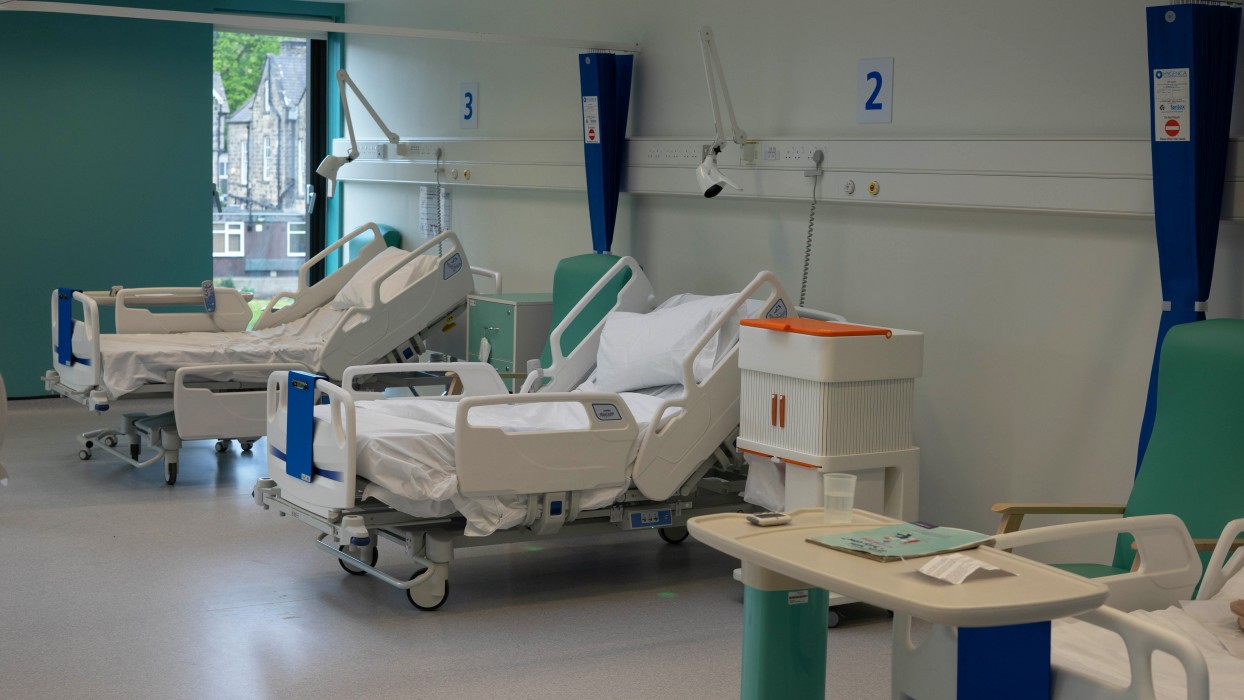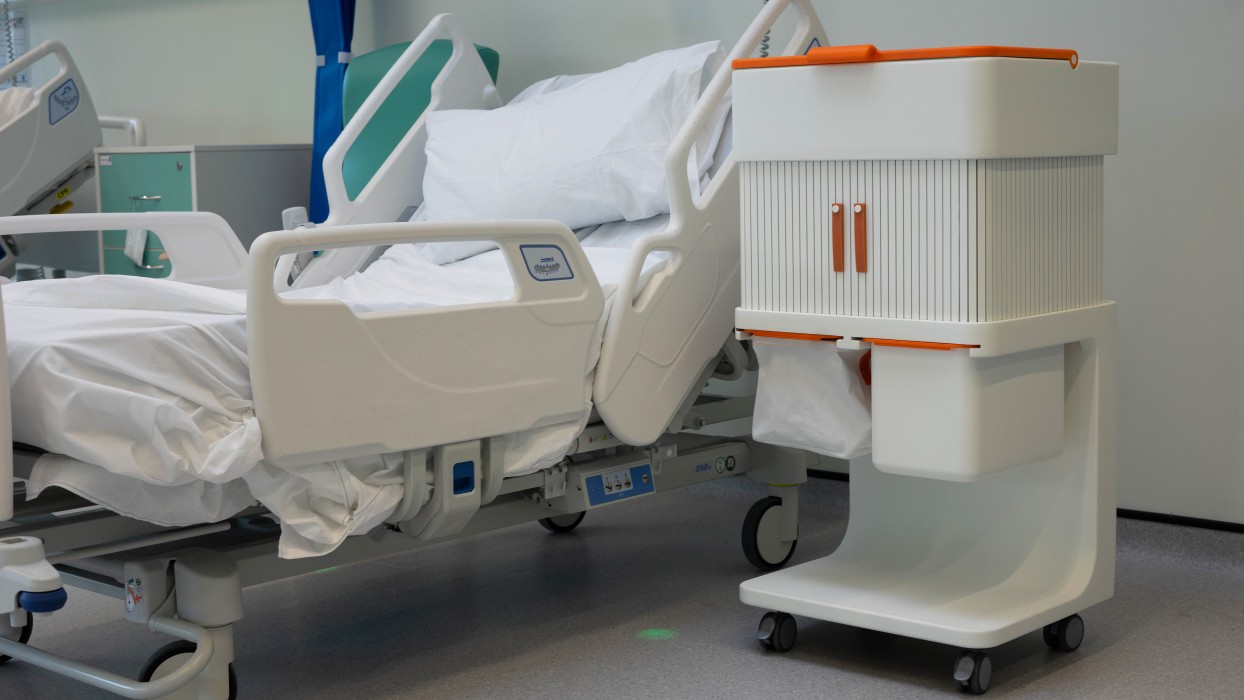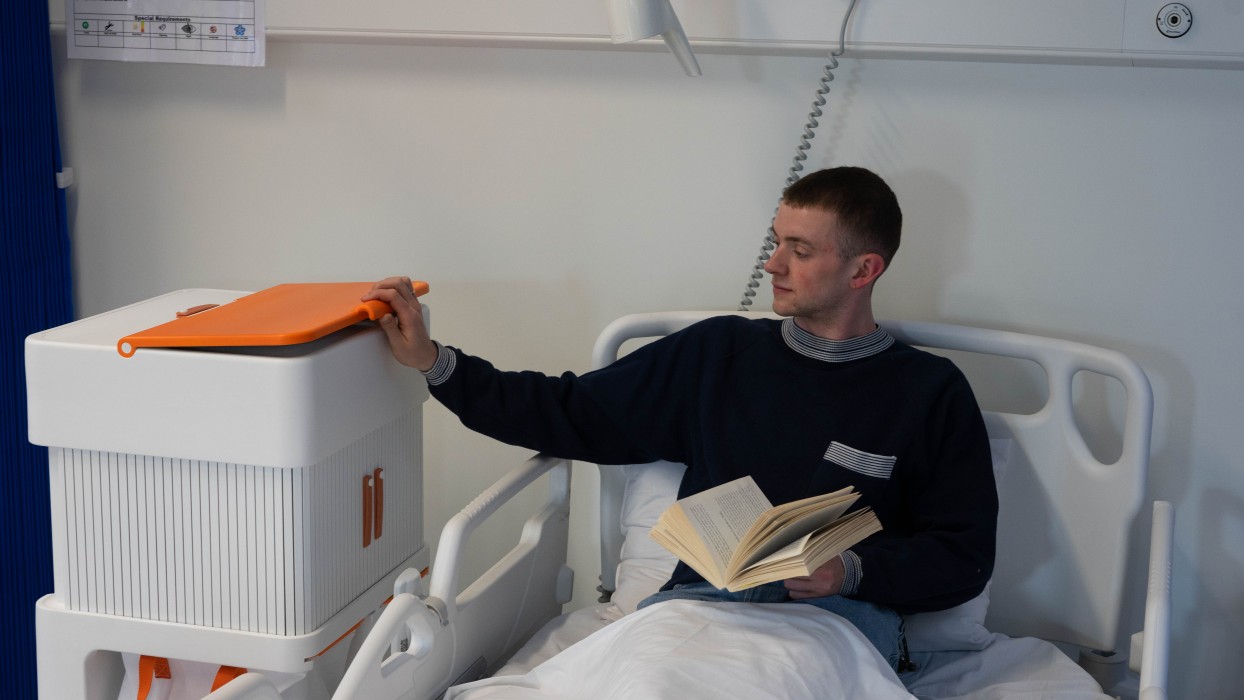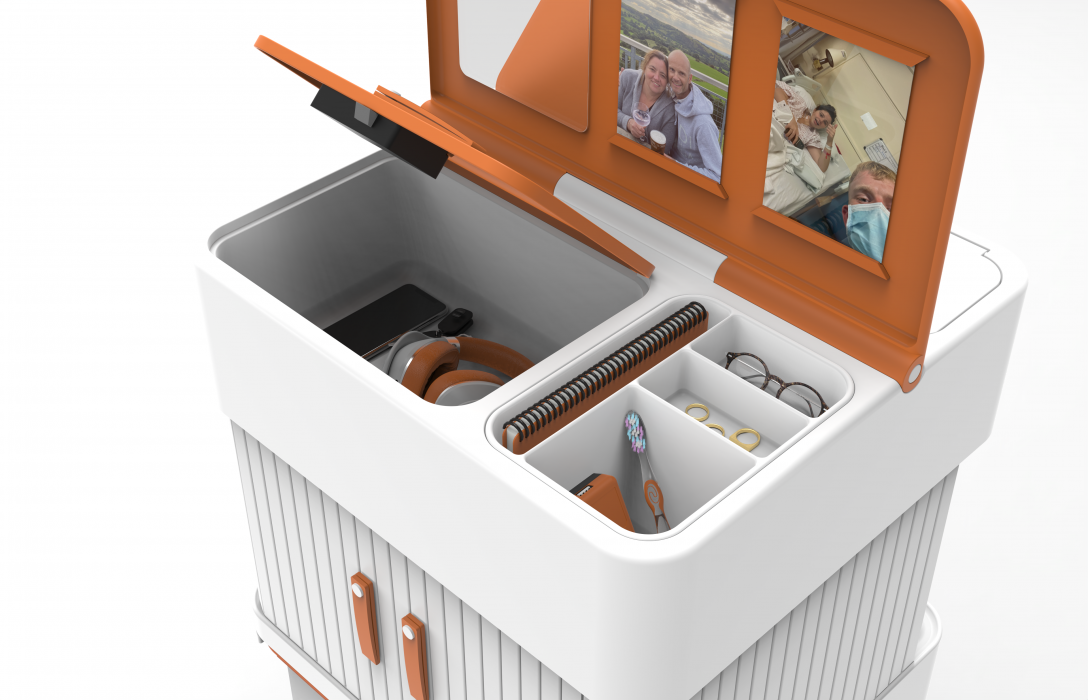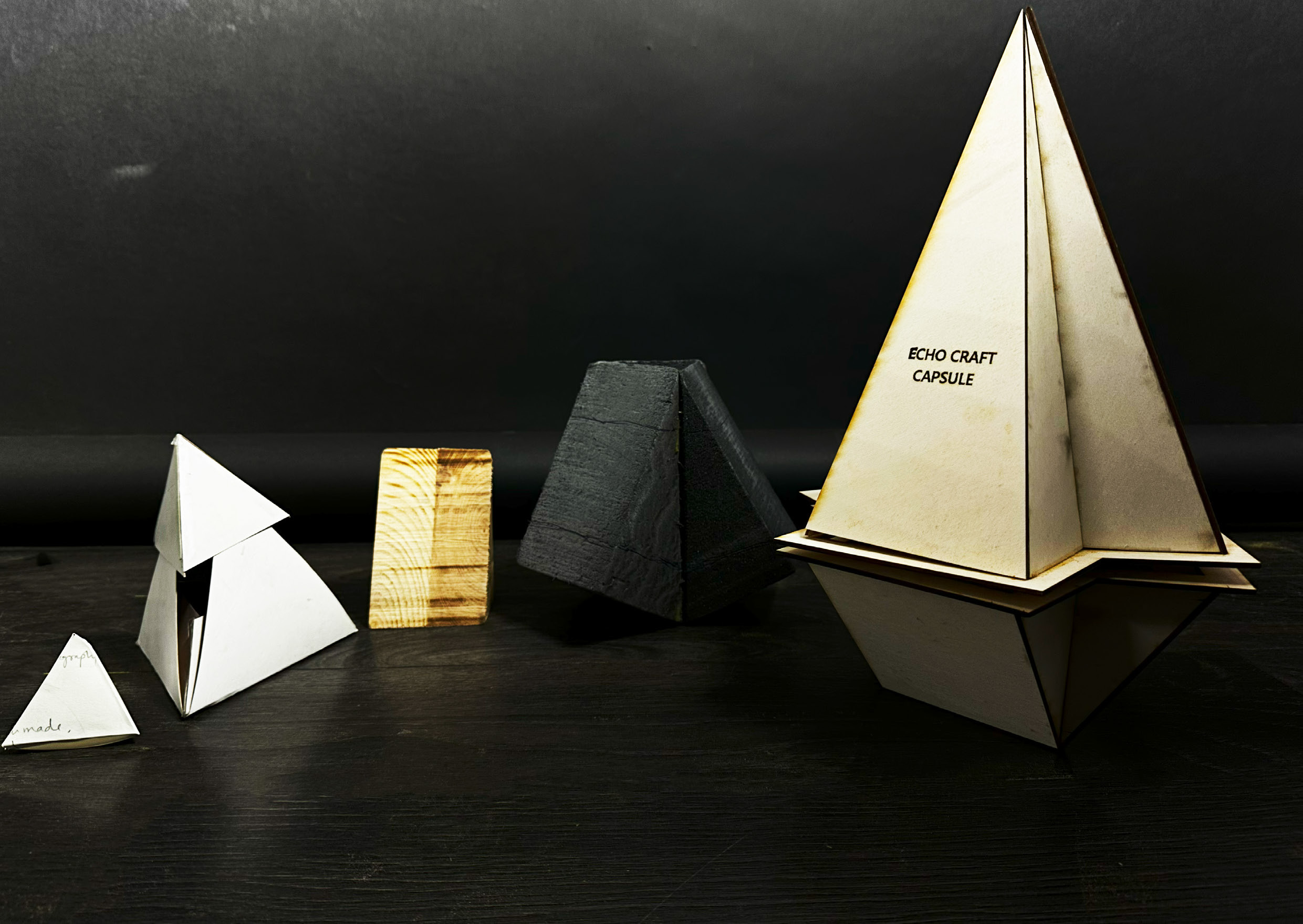
Project
Product Design
Undergraduate
Project
Angus Thompson
Stor, Hospital bedside storage
Product Design
Undergraduate
Angus Thompson
Stor, Hospital bedside storage
During his level 6 project, Angus Thomson’s ability to get in touch with professionals and patients has enabled him to access first-person research. This has allowed him to identify key insights to ensure an informed and empathetic design approach, aiming to directly help others. Thomson effectively models his designs to gauge their functionality and observes how users interact with different features, making necessary changes to enhance accessibility. His skill in sketching facilitates quick and clear communication of his ideas to peers and professionals, which would be advantageous in conveying concepts to the rest of a design team in an industry setting.
Explore
Product Design
Project
Manvi Nirav Mehta
Karigari
Product Design

Project
Catherine Saunders
Pitch Pak
Product Design

Project
Zac Bew
How can design help improve the lives of people who suffer motion sickness in autonomous vehicles?
Product Design
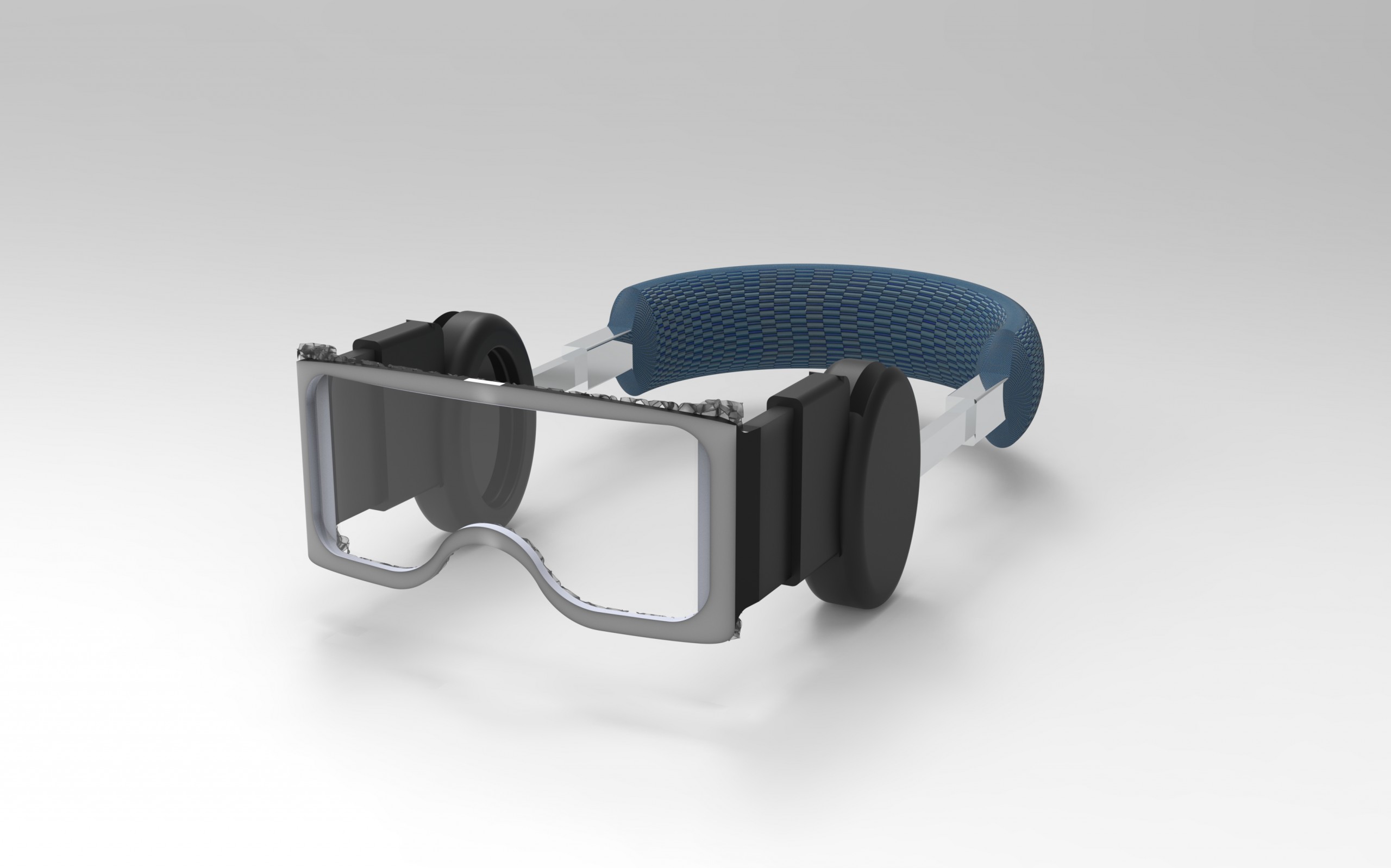
Project
Mark Stuckey
Dóldora
Product Design

Project
James Stephens
E.L.L.A
Product Design
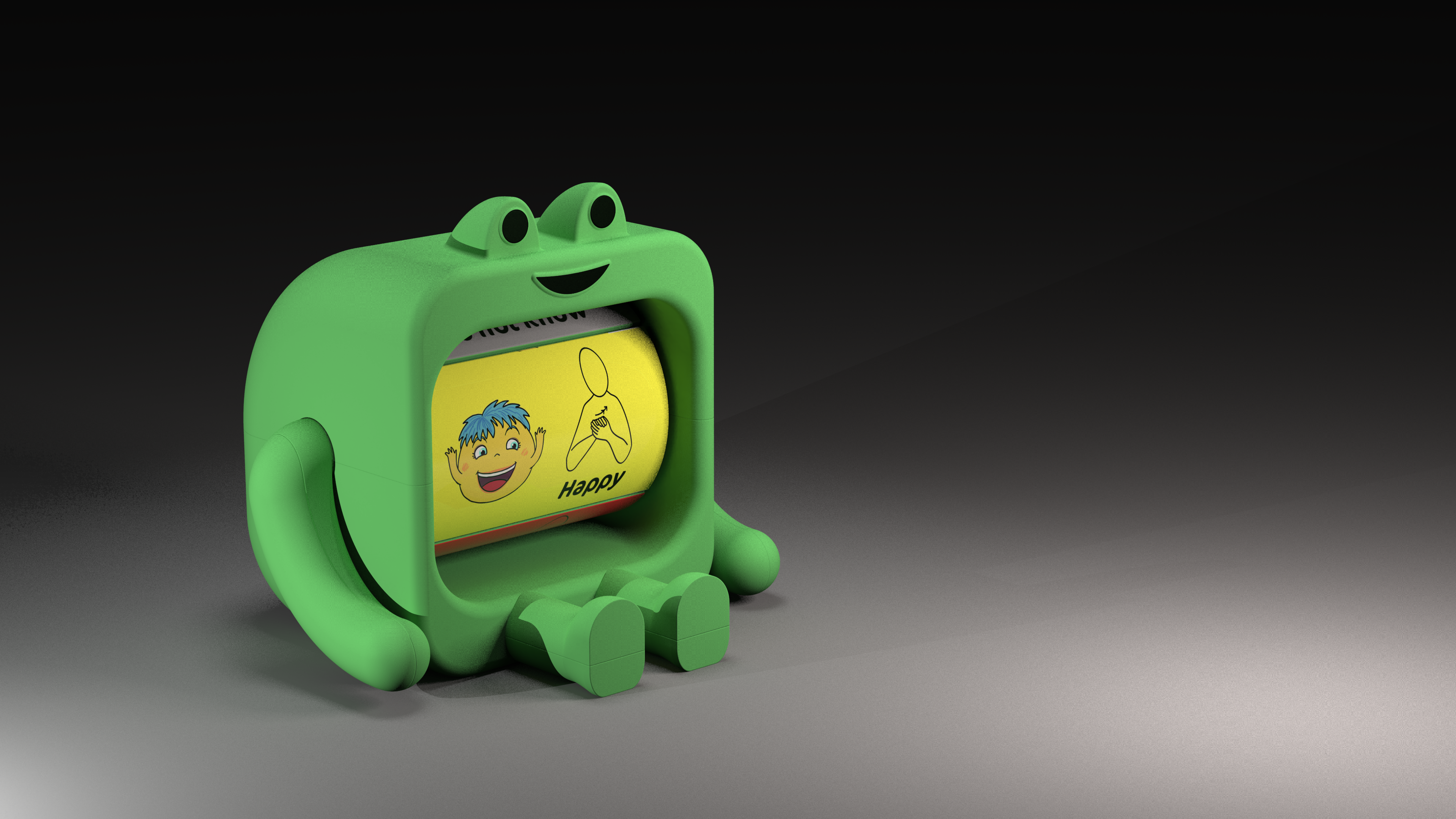
Project
Radhiya Al-Jannah
Opal
Product Design
Project
Matthew Devereux
Leave No Trace Fire Pit & Cooking System
Product Design
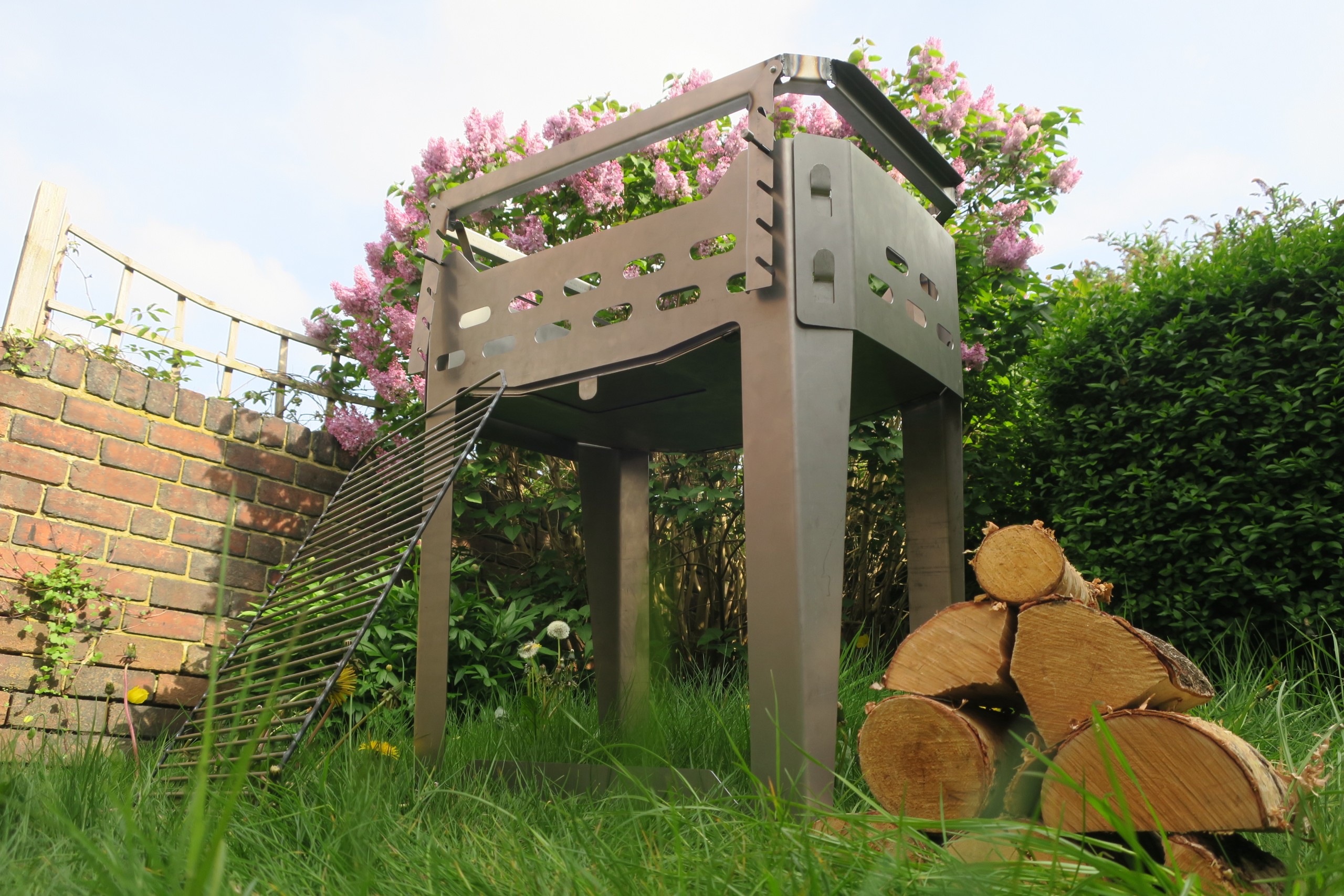
Project
Tom Baker
JerEcan: portable electric vehicle range extension
Product Design
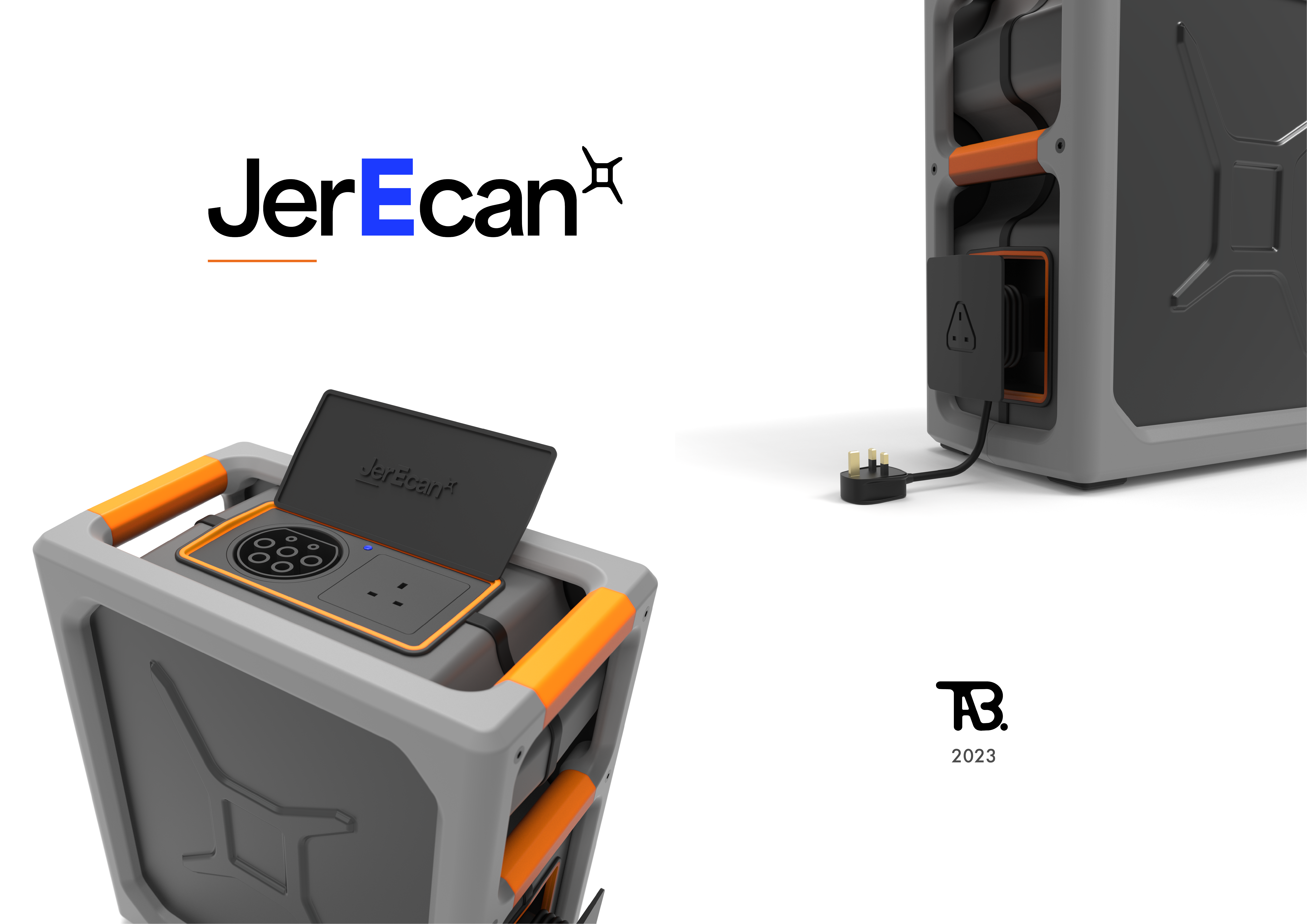
Project
Theo Hunt
Luft
Product Design
Project
Molly Watkin
PilPal
Product Design
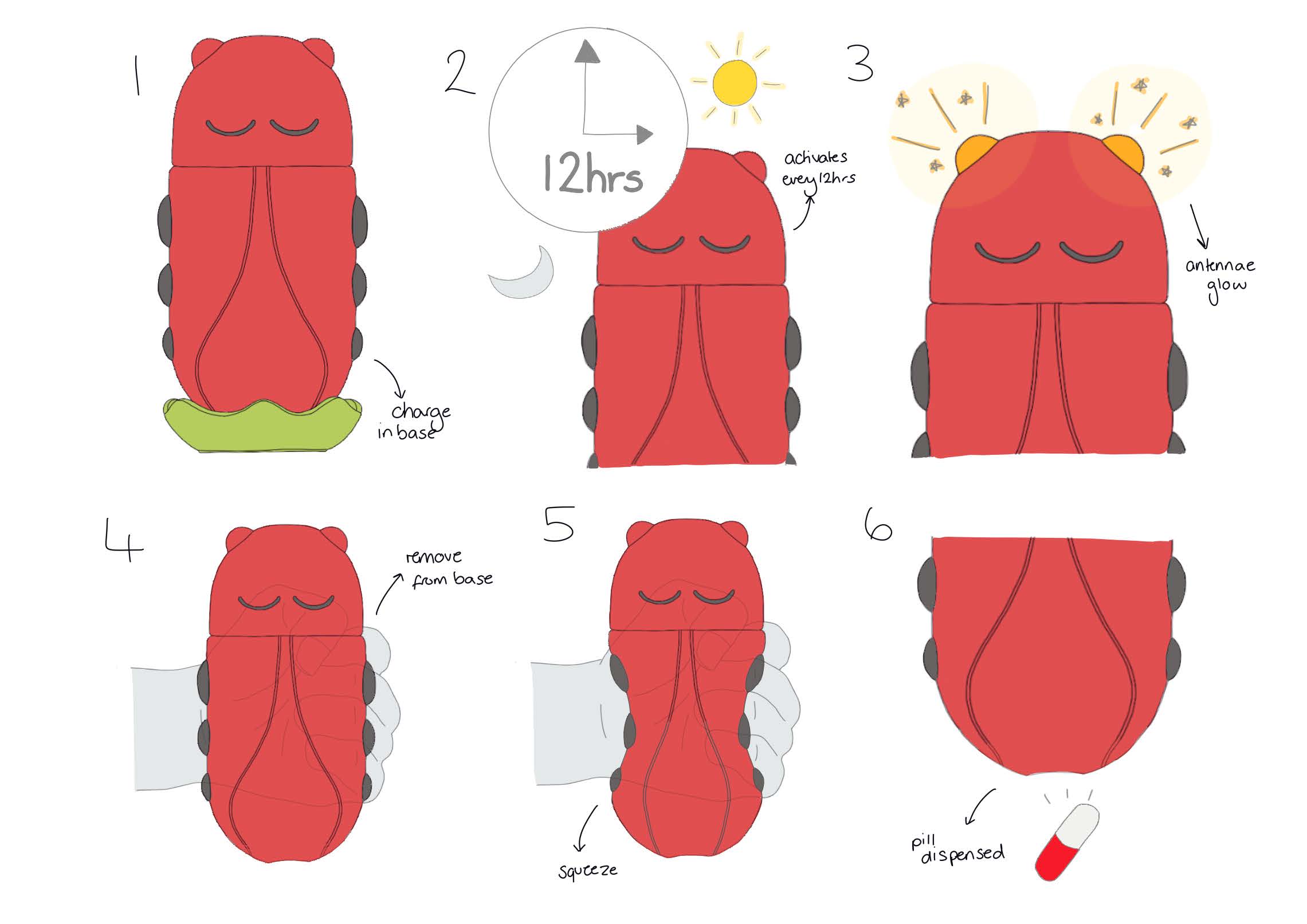
Project
Lucy Fletcher
Sprog Highchair
Product Design
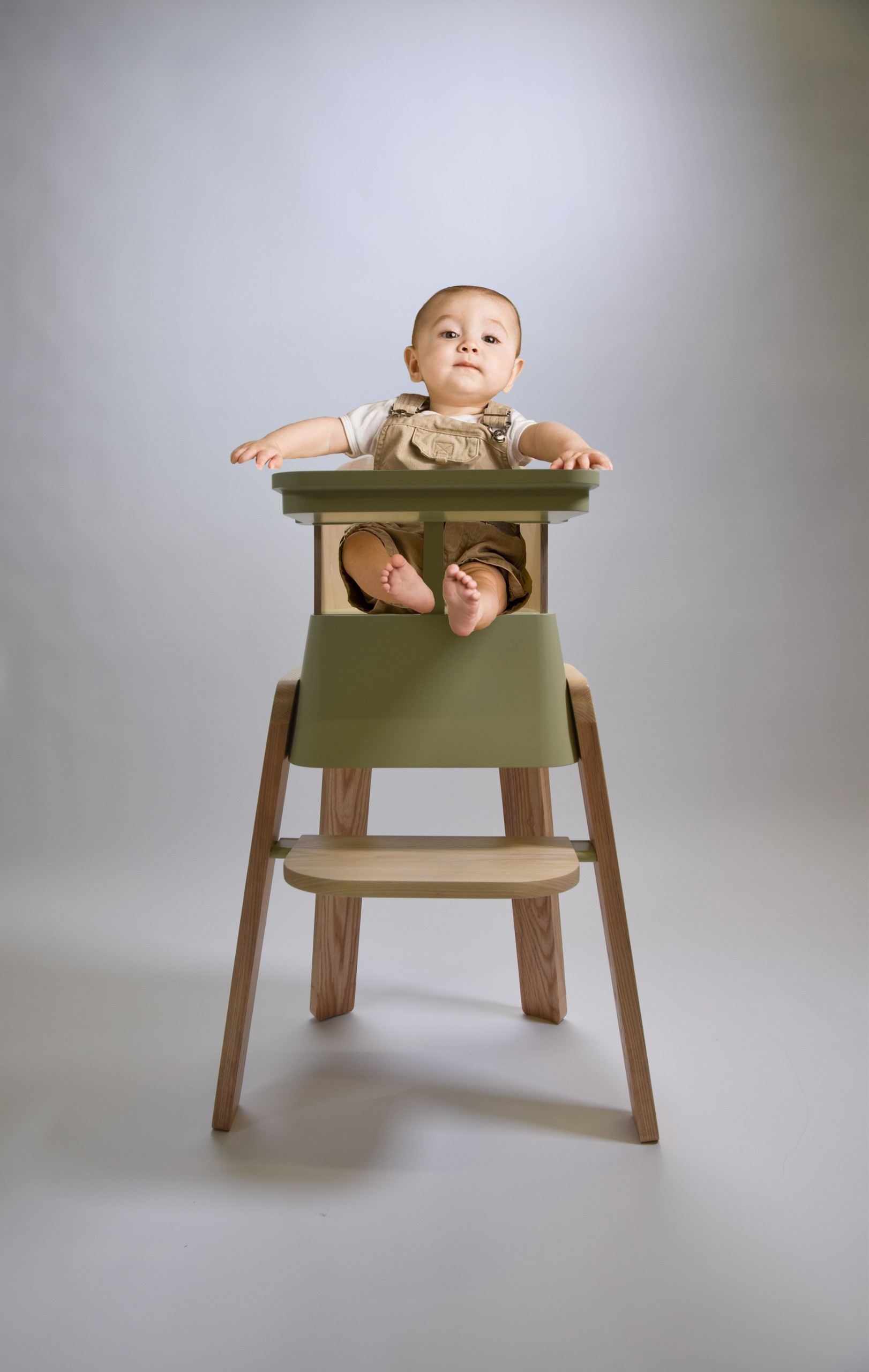
Project
Lucy Day
lumi.
Product Design
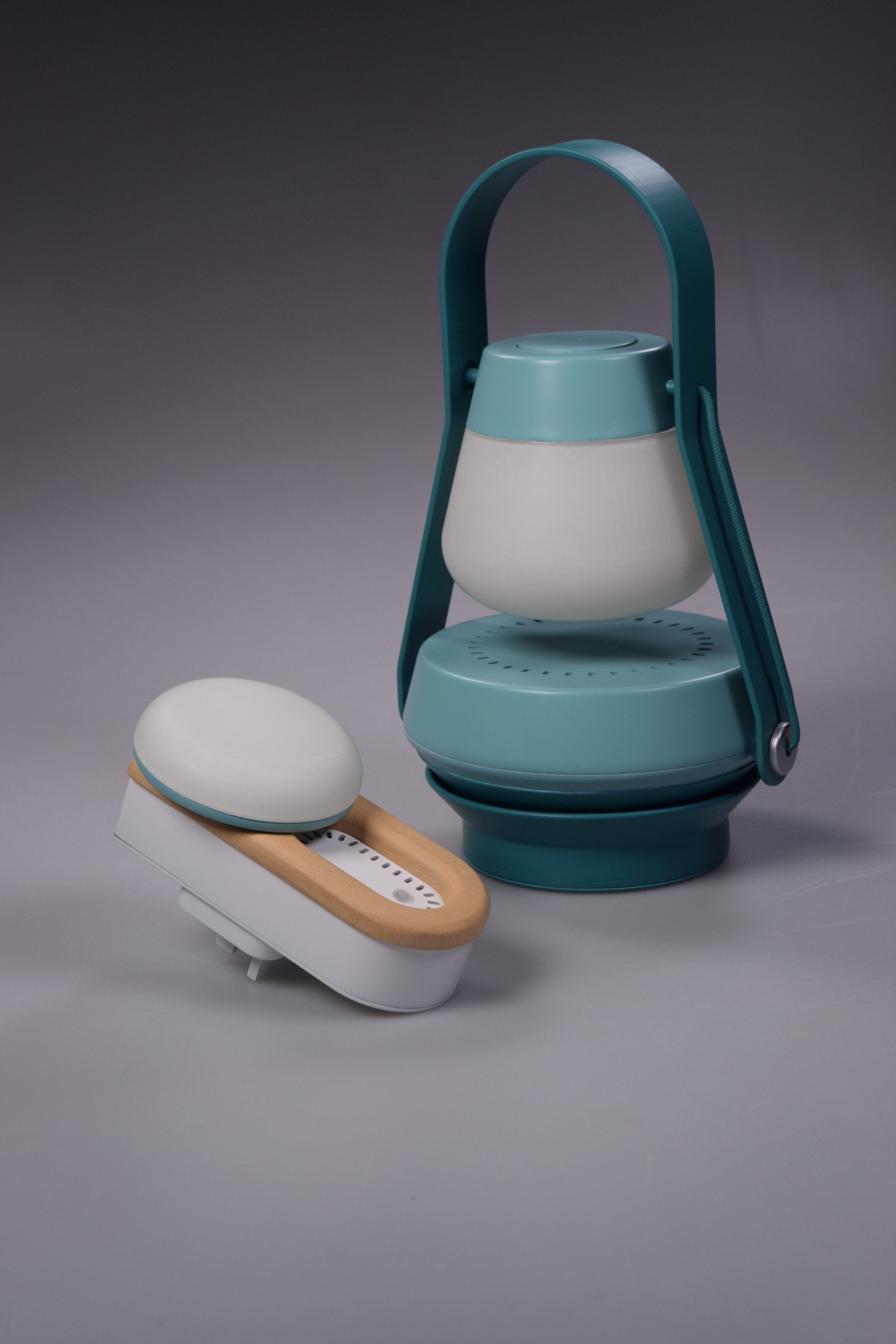
Project
Libby Shepherd
nourish
Product Design
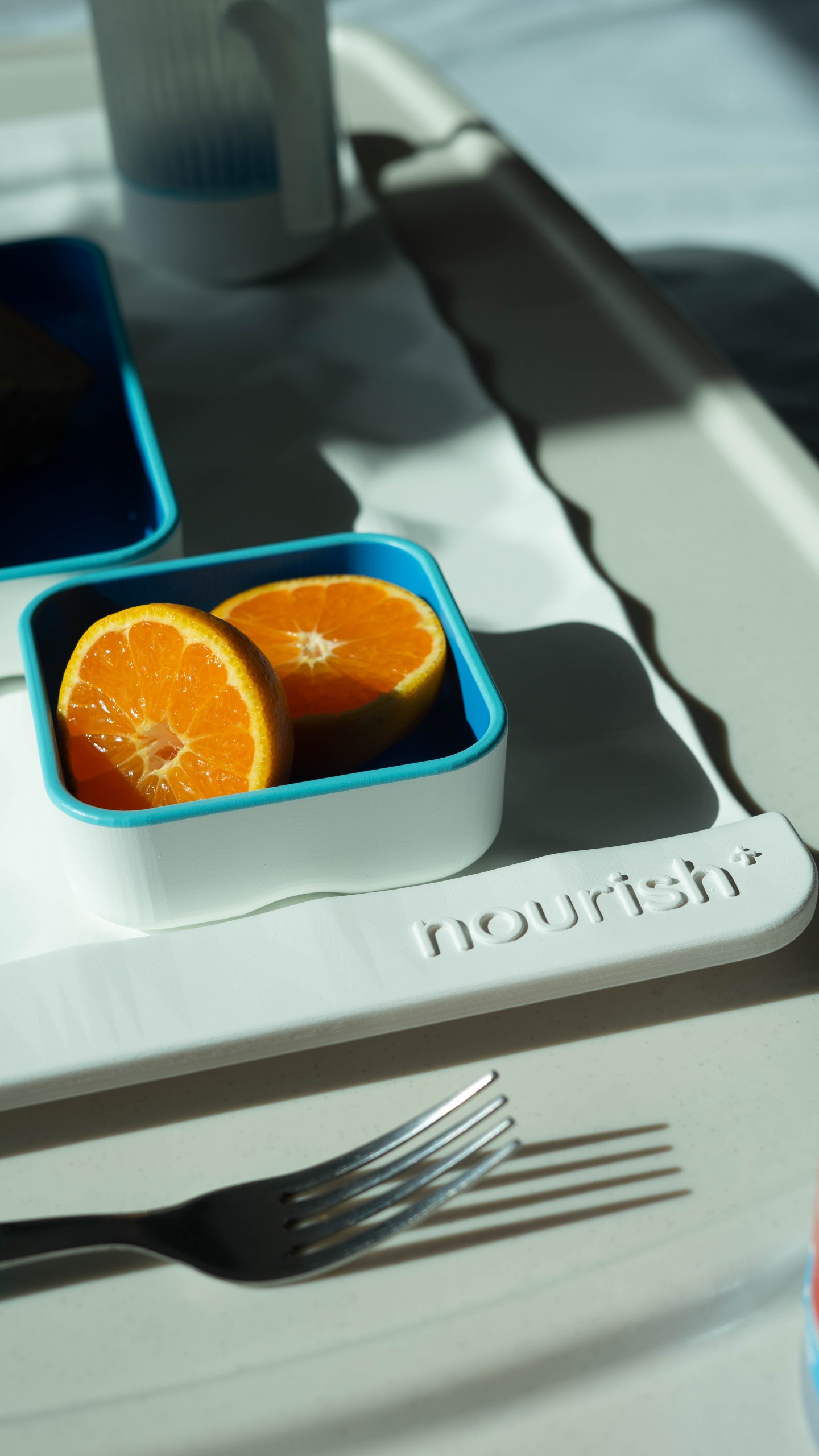
Project
Isabella Howe
TailTrail
Product Design
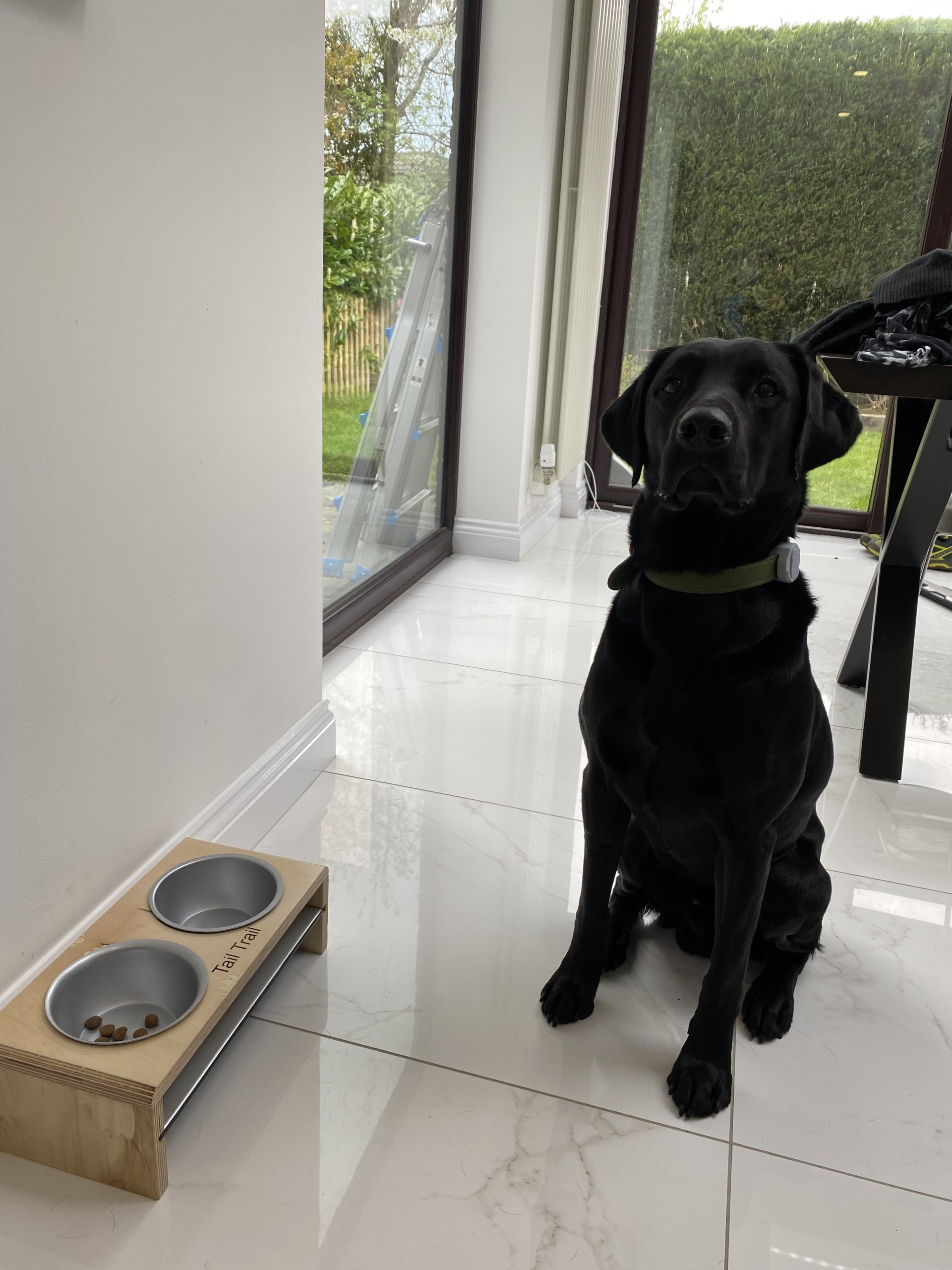
Project
Georgia Woolley
Woolwell – Interchangeable Utensils
Product Design
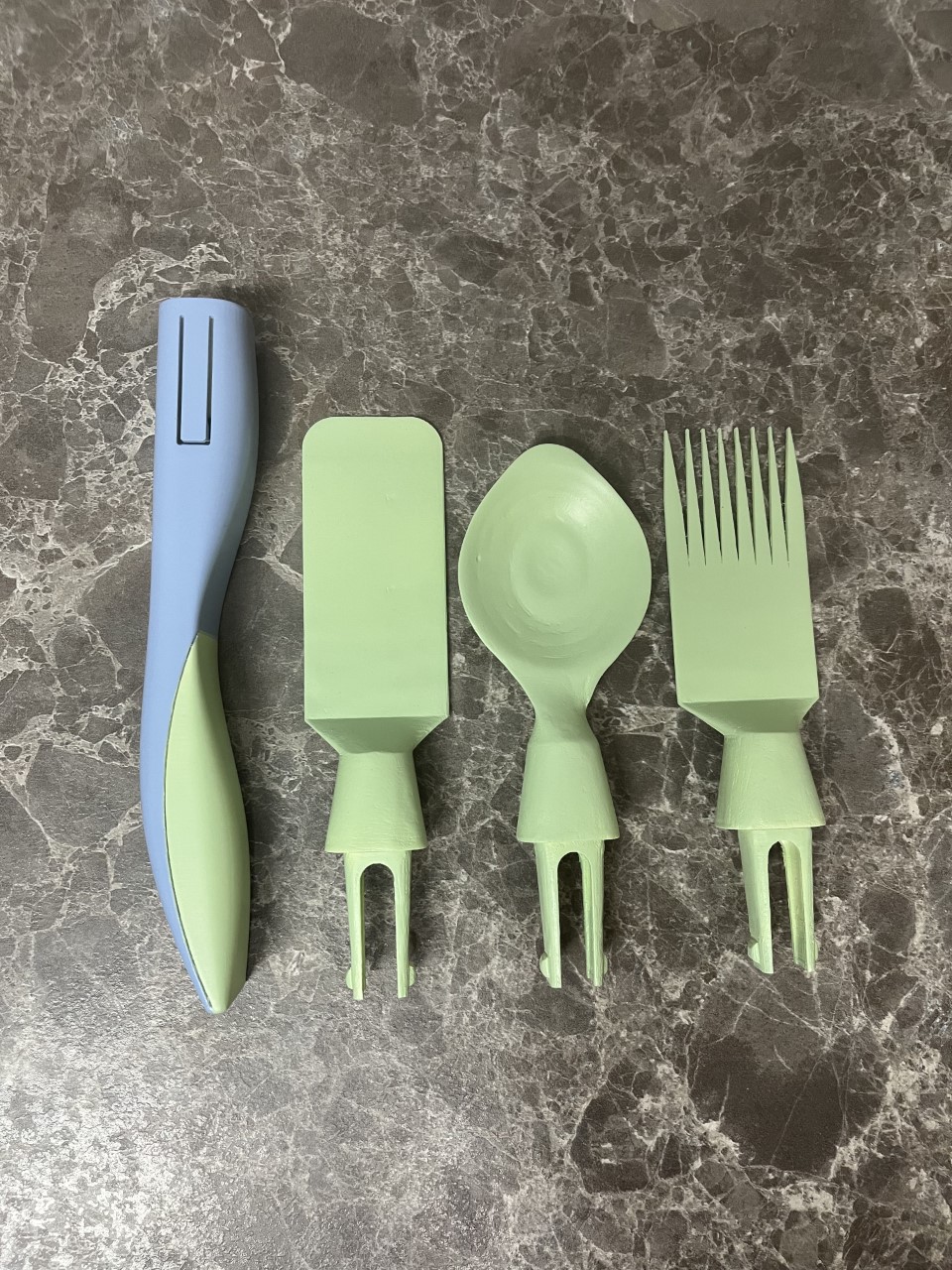
Project
George Brown
Toast Portable Charger
Product Design
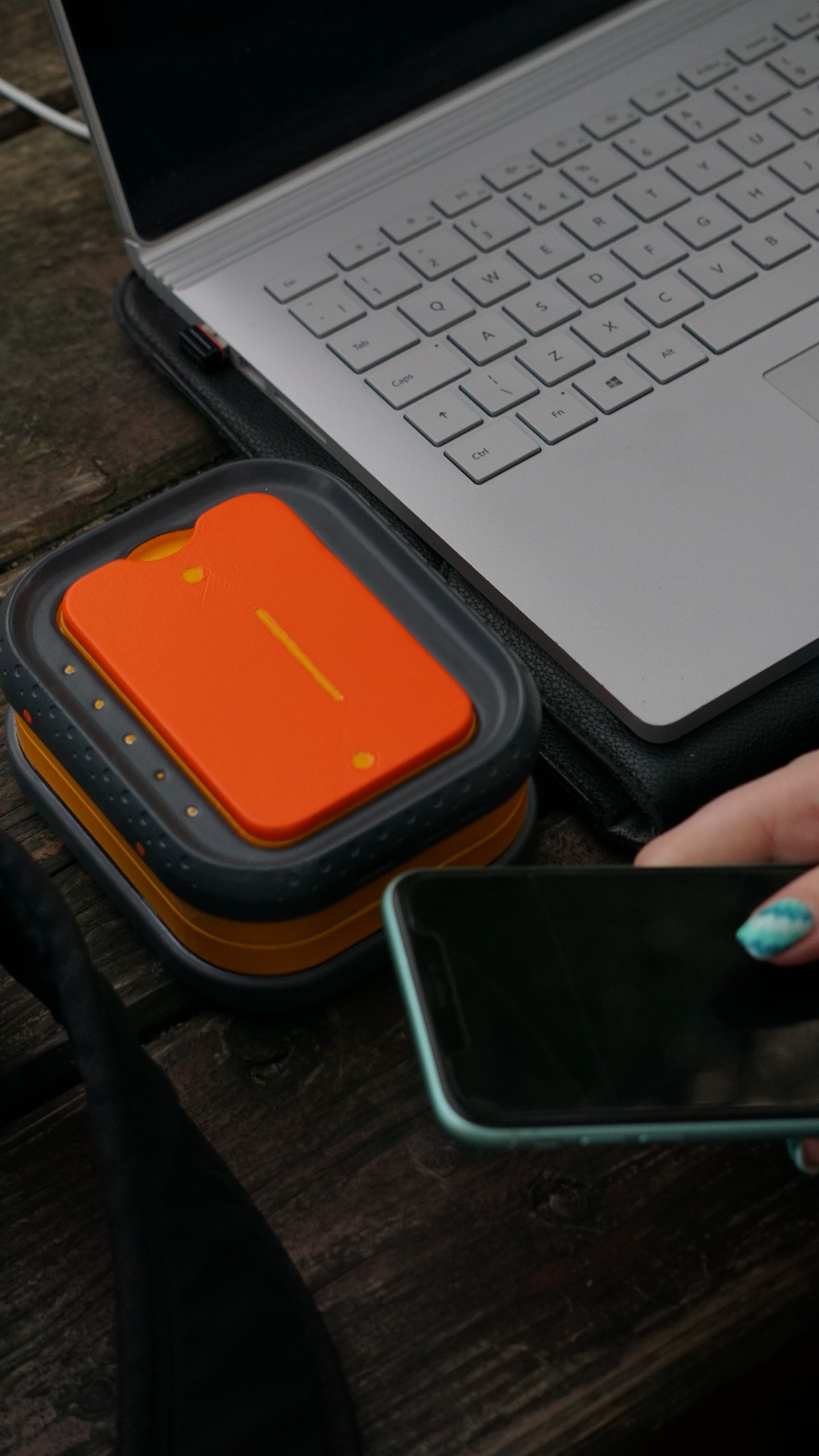
Project
Elizabeth Williams
Nest
Product Design
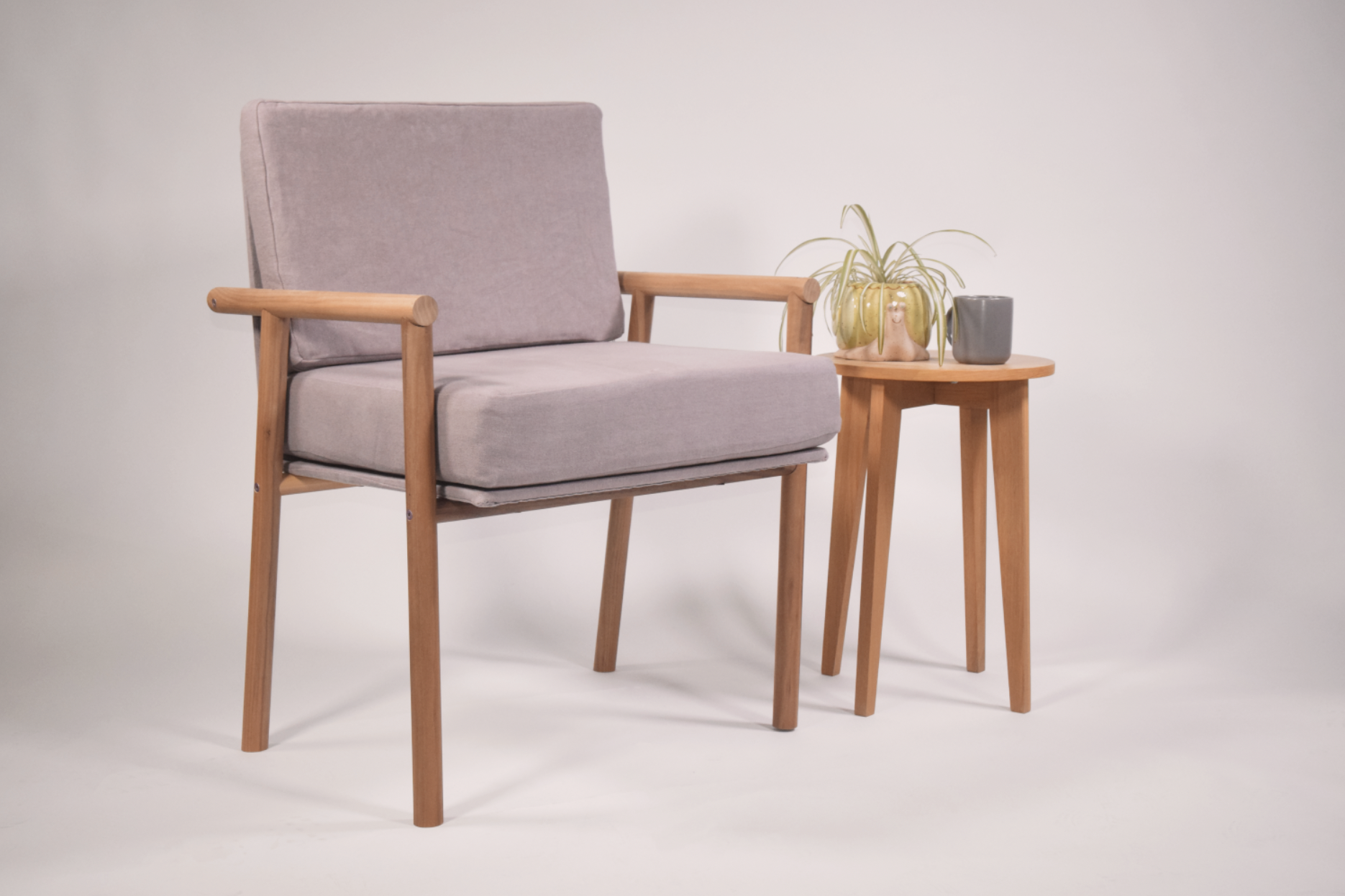
Project
Edward Cowan
ARID
Product Design
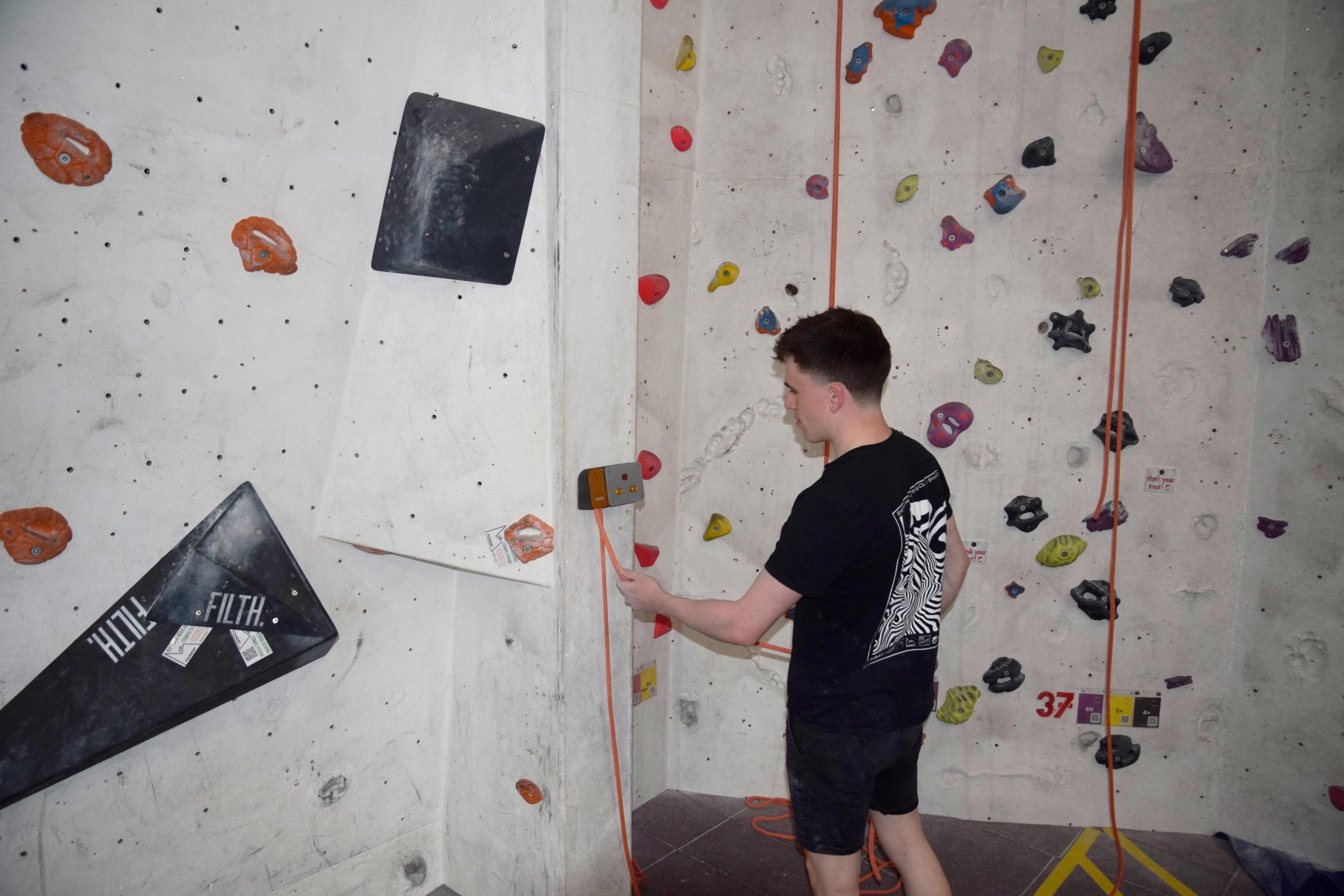
Project
Eden Schofield
re:cycle
Product Design
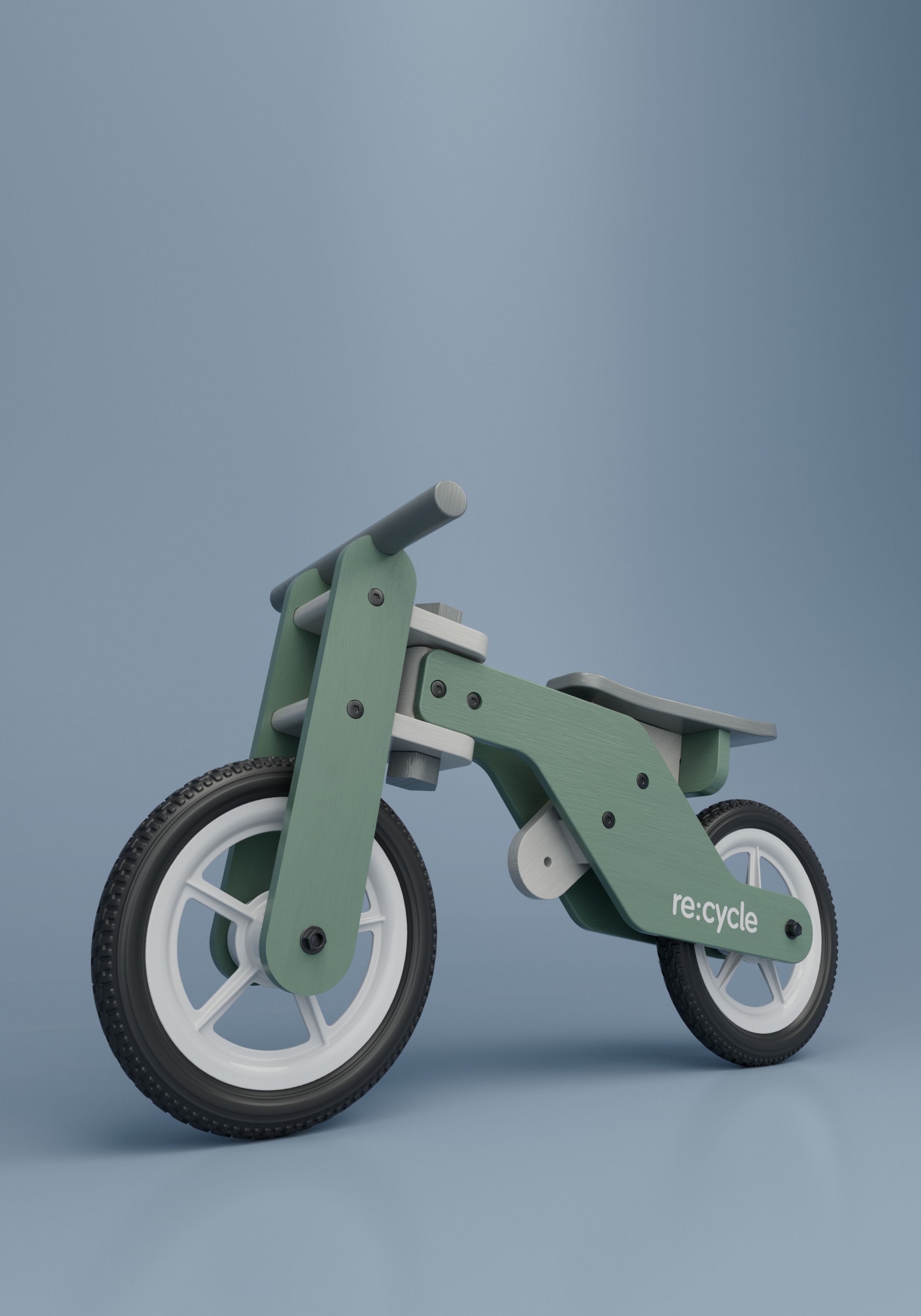
Project
Barnaby Churchill
WURTSTOL – Mass Produced Mycelial Furnishing for the Contemporary Household
Product Design
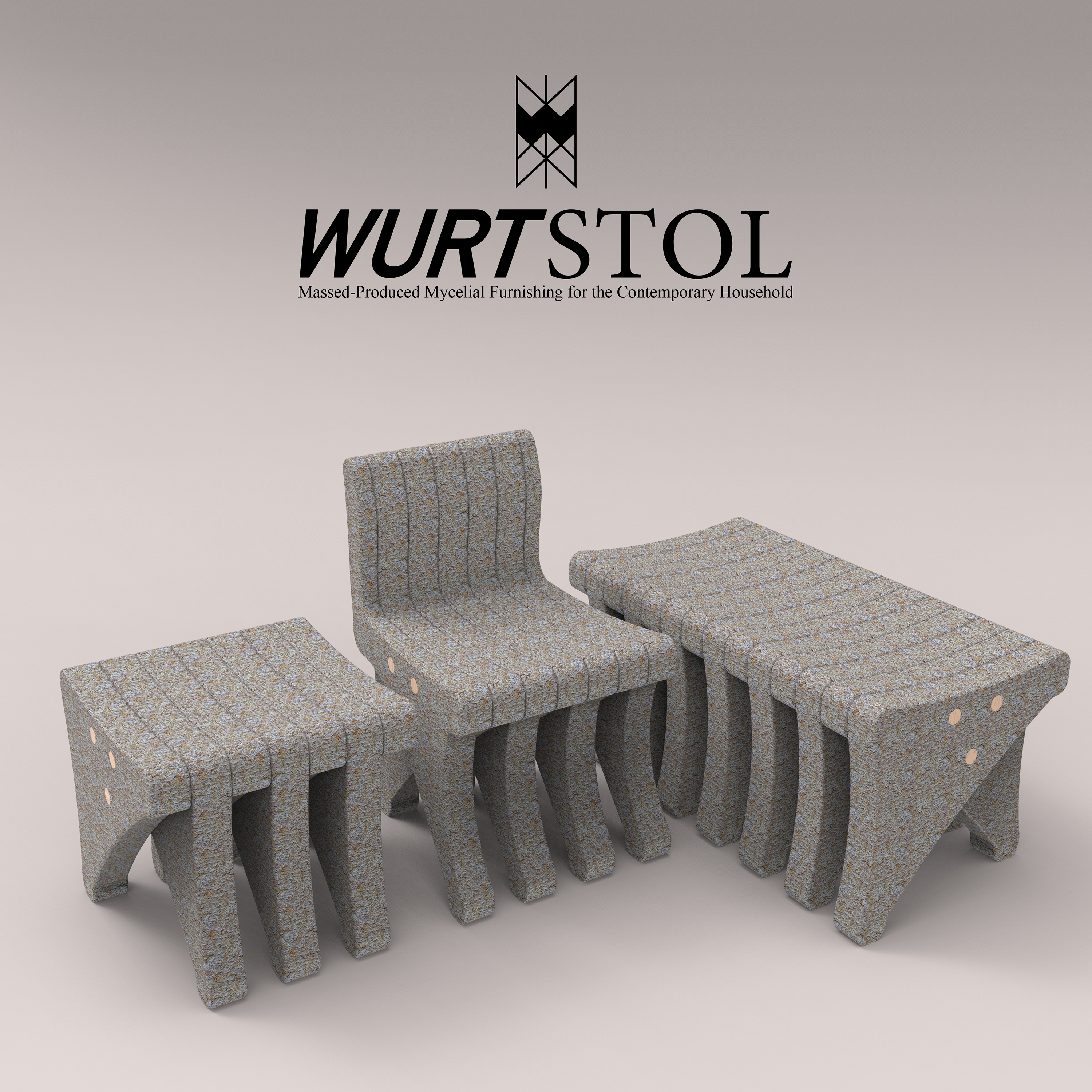
Project
Angus Thompson
Stor, Hospital bedside storage
Product Design
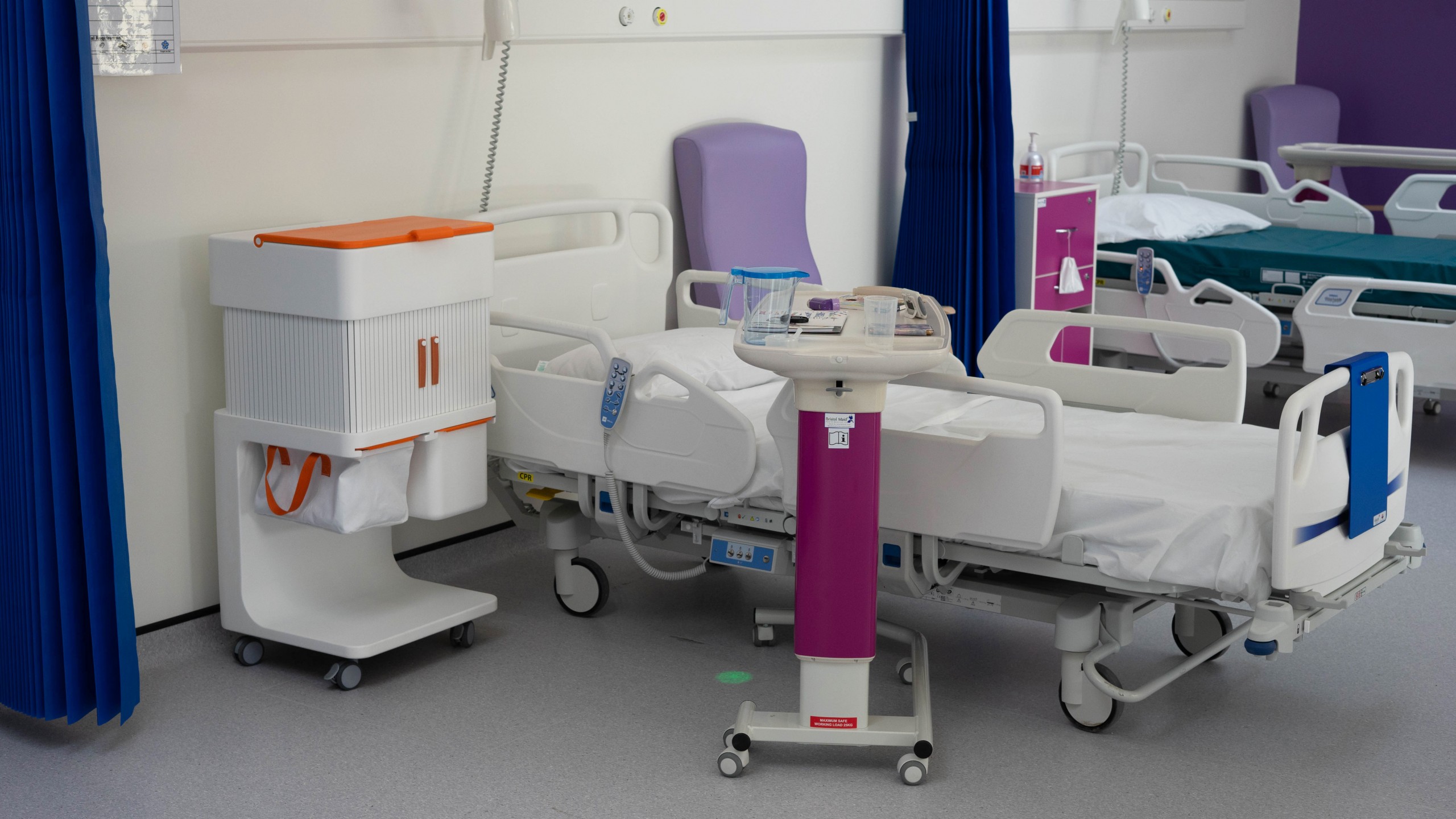
Project
Arunava Biswas
Re-Experience
Product Design
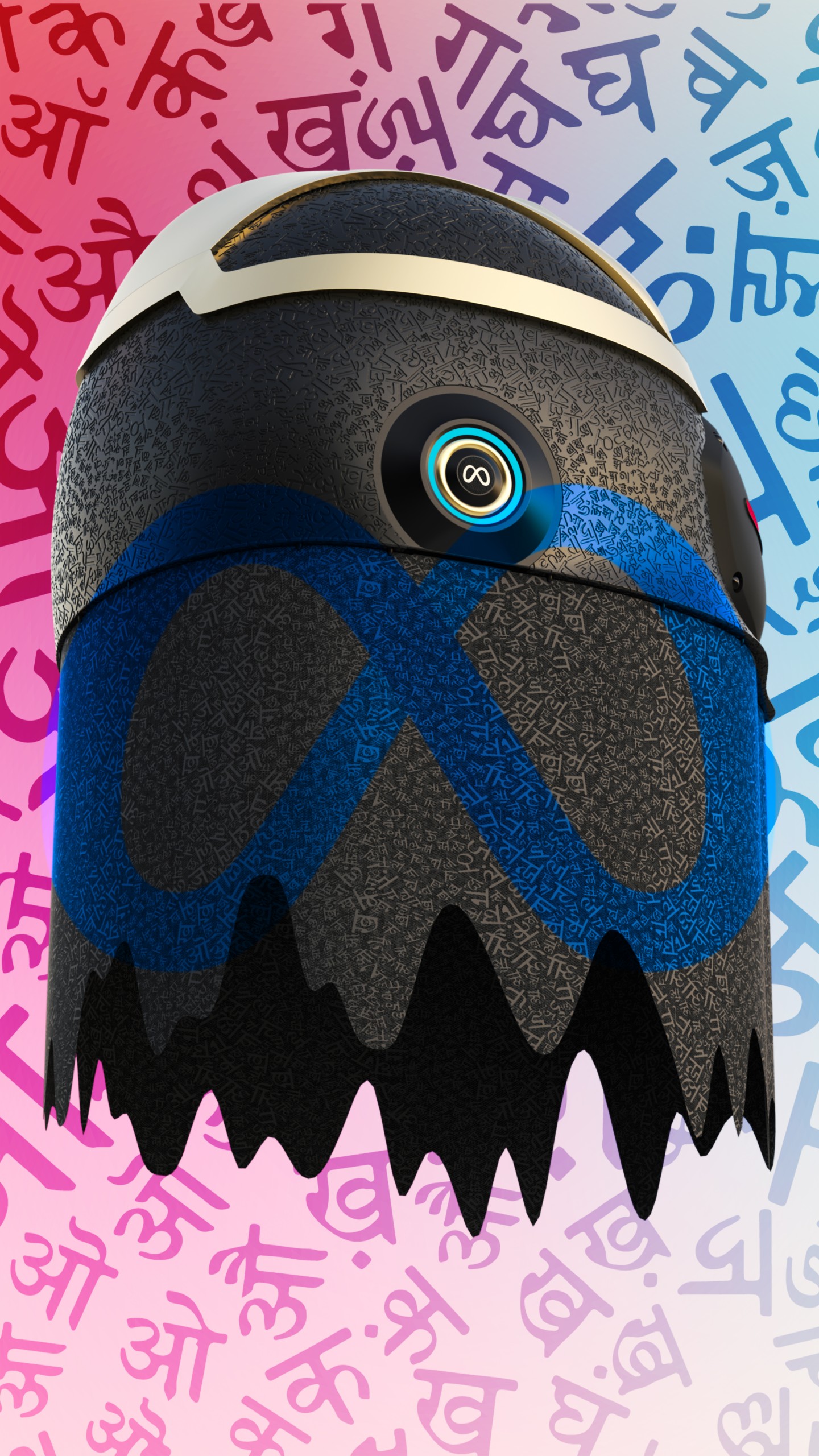
Project
Ashleigh Davies
Doze
Product Design
